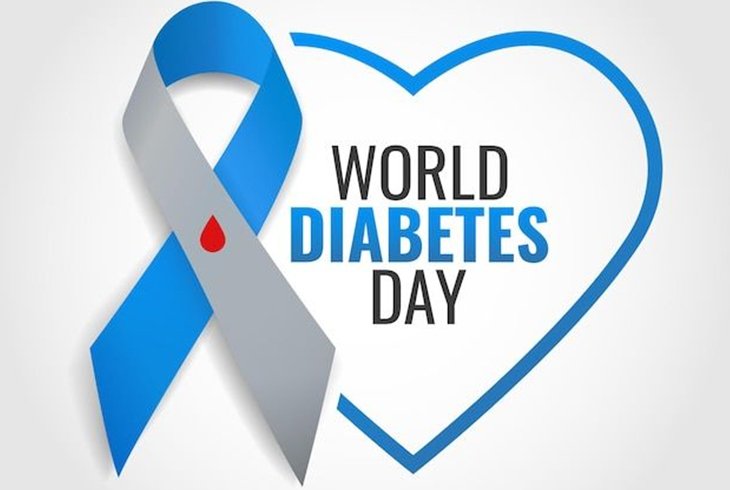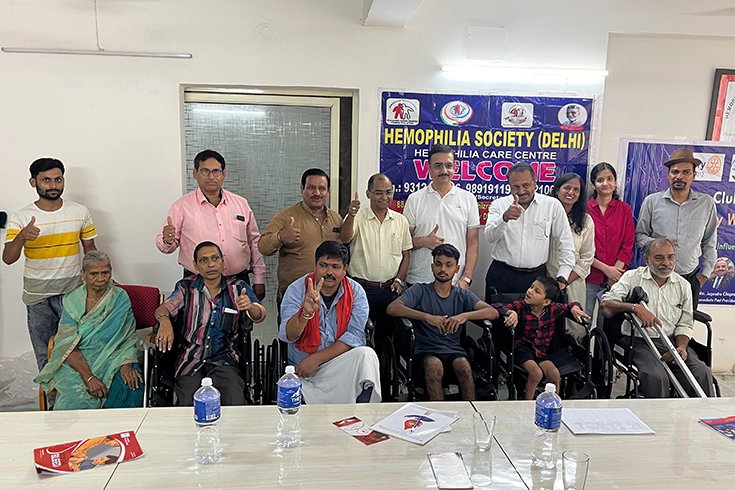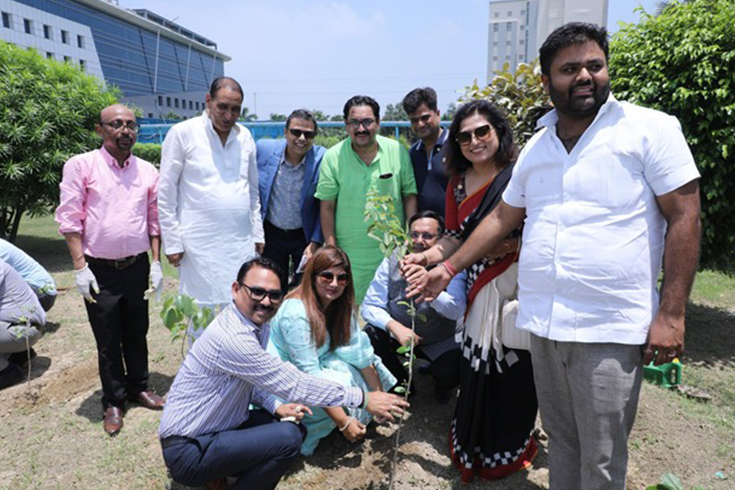India faces
a significant challenge with the "triple burden" of diseases,
encompassing malnutrition, communicable diseases, and a rapidly growing
prevalence of non-communicable diseases (NCDs) such as diabetes and
hypertension. These chronic conditions are central to India's epidemiological
transition, often emerging earlier in life, with many individuals developing
type 2 diabetes as young as their 30s and 40s. As people live longer, the
complications associated with prolonged diabetes and hypertension, such as
heart disease, chronic kidney disease, stroke, blindness, and amputations,
further increase the overall burden on the healthcare system.
The Tree:
Trunk and Branches Model
The analogy
of diabetes and hypertension as the “trunk” of a tree, with organs like the
heart, kidneys, eyes, brain, and feet as its “branches,” captures how critical
it is to maintain control over these root conditions. A healthy “trunk”
supports the overall well-being of the “branches,” whereas unmanaged diabetes
and hypertension lead to severe complications affecting multiple organs.
Addressing
Systemic Challenges
One of the
primary barriers to controlling NCDs in India is the weak control cascade,
which spans from screening to the long-term management of conditions. Resource
limitations, particularly in rural and underserved areas, hinder the consistent
and effective management of hypertension and diabetes. While government
spending on healthcare has increased, it still falls short of meeting the needs
of the population, especially in the prevention and management of
lifestyle-related disorders.
Policy
Recommendations and Technological Interventions
To maximize
the impact of healthcare spending, India could benefit from prioritizing
prevention and targeted interventions for NCDs like diabetes and hypertension.
Proactive prevention could reduce costs associated with related complications,
like cardiovascular and kidney diseases, blindness, and amputations.
The
Government of India and various state governments are making strides with
population-based screening initiatives. Accredited Social Health Activists
(ASHAs) are conducting early detection assessments through Community-Based
Assessment Checklist (CBAC) forms. Additionally, digital solutions, such as the
NCD portal, are being implemented to streamline and improve patient records and
facilitate evidence-based decision-making through tools like electronic case
record forms (eCRF) and Clinical Decision Support Systems (CDSS). These systems
help healthcare providers make more informed, customized treatment plans.
The Path
Forward
Through
these technology-enabled approaches, India can move closer to achieving
accessible diabetes care for all. With coordinated efforts in screening,
targeted treatment, and leveraging technology, India can better manage the NCD
crisis, particularly diabetes and hypertension, ultimately reducing their
impact on the broader healthcare system.












